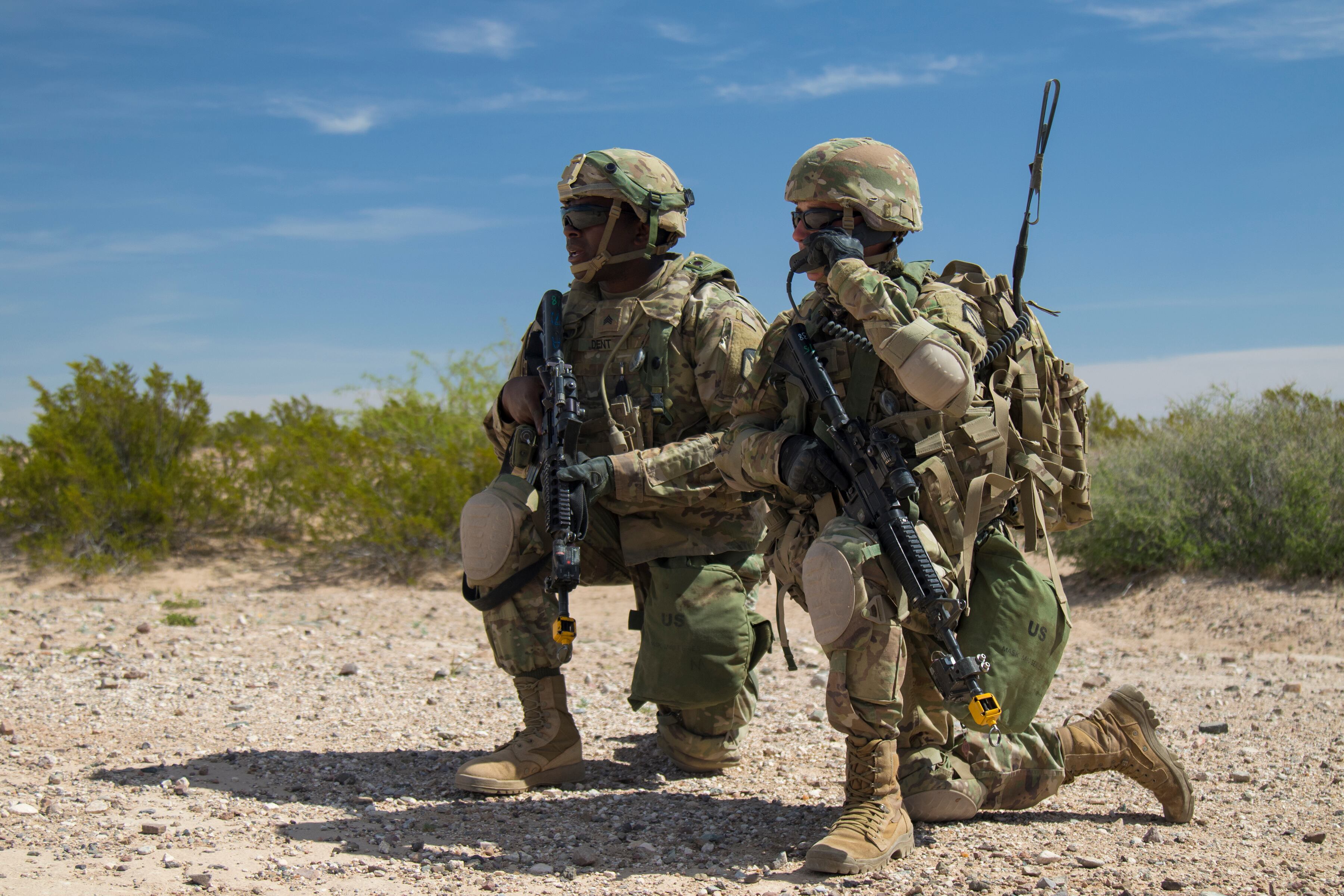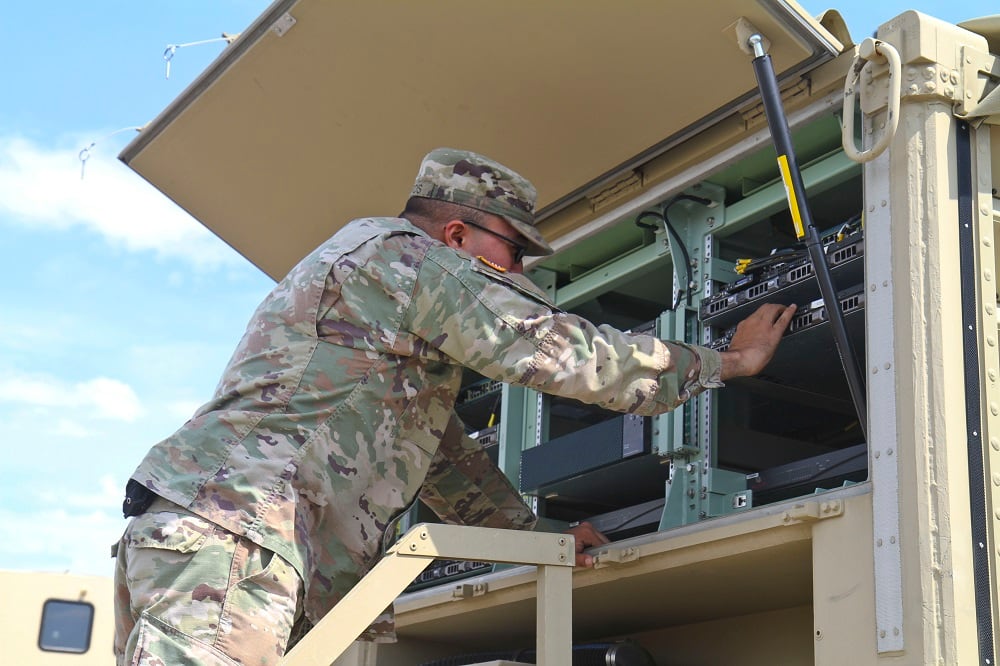The Army’s top network buyer provided the most detailed timeline to date of how the service will plan an update to its tactical network in 2021.
RELATED

“We have until about early [20]20 to get after the meaningful experiments that are going to inform our final set of design choices as we refine our preliminary design,” Maj. Gen. David Bassett, Program Executive Officer for Command, Control, Communications Tactical, said May 1 during an AFCEA event.
In a chart outlining what the 2021 capability set, which, among other tasks, will provide units more abundant communications options, could look like, he listed broad deadlines for when the Army wants open proposals on hardware and software solutions and when it is trying to narrow down which will work for the service.
Bassett said while ideally he’d like to keep the software solutions open as long as possible, hardware solutions will likely need to be identified earlier in the process.
According to the chart, the Army will be open to hardware and software solutions in fourth quarter 2019. Around spring 2020, the Army will finalize hardware solutions while industry proposes software packages. In the third quarter 2020, the Army expects to narrow potential products for both areas.
Army leaders won’t look for hardware solutions again until summer 2021 and software until second quarter 2022, according to the chart.
“There’s going to come a point where all of your good ideas in technology are too late, like a good idea cut off point. Then those things are going to have to flow into the next capability set,” he said. “It doesn’t mean we’re going to ignore them, it just means in order to deliver that integrated capability, we’ve got to be able to converge on something. We want good broad divergent critical thinking about the range of technical options that are available to us and then we want to converge and deliver capability.”
Bassett noted that in the near future the Army will juggle simultaneous network upgrades. By the time the service gets to critical design review of the 2021 build, the Network Cross Functional Team should be driving the preliminary design review for the 2023 capability set.
“I’m going to be fielding one while I’m doing the detailed design on the second while I’m doing the [science and technology] and technology research for the third,” Bassett said.
What’s in store for 2021
Army officials also said some of the hardware and software that will be included in the 2021 capability set is not guaranteed for future iterations.
“The capabilities that will be assessed between now and capability set 21 procurement [are] pretty much locked in place and after the [preliminary design review] we’ll have a better idea of exactly what’s in and what’s out,” Col. Garth Winterle, program manager for tactical radios in PEO-C3T, said during the same event.
He added that while there has been some concern of vendor lock, the Army is currently resource constrained.
“If we have only a certain number of vendor solutions that are demonstrating that capability as part of the [capability] set 21 evaluation, that does not man those vendors are locked in for those capabilities,” he said. “In many cases, we have multiple vendors that will be demonstrated whether from [Rapid Equipping Force] procured assets or assets that have been procured to support the 1st of the 82nd [Airborne Division] evaluation.”
These capabilities will then compete in field experiments, Winterle said. In the case of multiple vendors, there will be a run off and down select. The Army has said these experiments, which have occurred in concert with the Network Cross Functional Team, have helped better inform designs and drill down on risk reduction.
“We had hoped by now to be experimenting at the brigade level. But the money didn’t move," Bassett said. “The above threshold reprogramming last year wasn’t approved. The one that we needed this year to keep it on track wasn’t approved even inside the Pentagon. So we’re going to have less experimentation than we had hoped for to inform our design.”
Mark Pomerleau is a reporter for C4ISRNET, covering information warfare and cyberspace.








